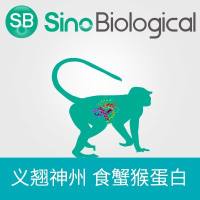Practical Methods for Tissue Microarray Construction
互联网
722
The tissue microarray (TMA) of Kononen et al. is an extension of an idea originally developed by Battifora and consists of an array of cylindrical cores of paraffin-embedded tissue that are removed from preexisting “donor” paraffin blocks. The donor block is a standard tissue block that may be from surgical pathology, autopsy, or research material. A morphologically representative area of interest within the donor block is identified under the microscope using a stained section (usually hematoxylin and eosin stained) on a glass slide as a guide. The tissue cores are removed from the donor and inserted into a “recipient” paraffin block usually using a custom patented instrument from Beecher Instruments. Using a precise spacing pattern, tissues are inserted at high density, with up to 1000 tissue cores in a single paraffin block. Sections from this block that are cut with a microtome are placed onto standard slides that can then be used for in situ analysis. Depending on the overall depth of tissue remaining in the donor blocks, tissue arrays can generate between 100 and 500 sections. Once constructed tissue microarrays can be used with a wide range of techniques including histochemical staining, immunohisto-chemical/immunofluorescent staining, or in situ hybridization for either DNA or mRNA. In this chapter we present methods of TMA construction with emphasis on providing detailed tips and techniques.








